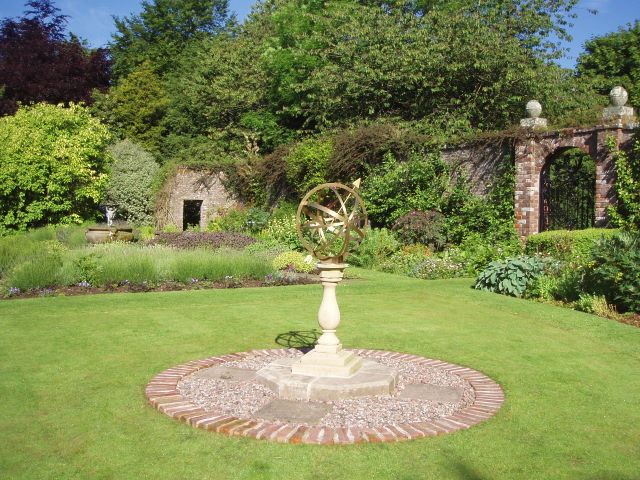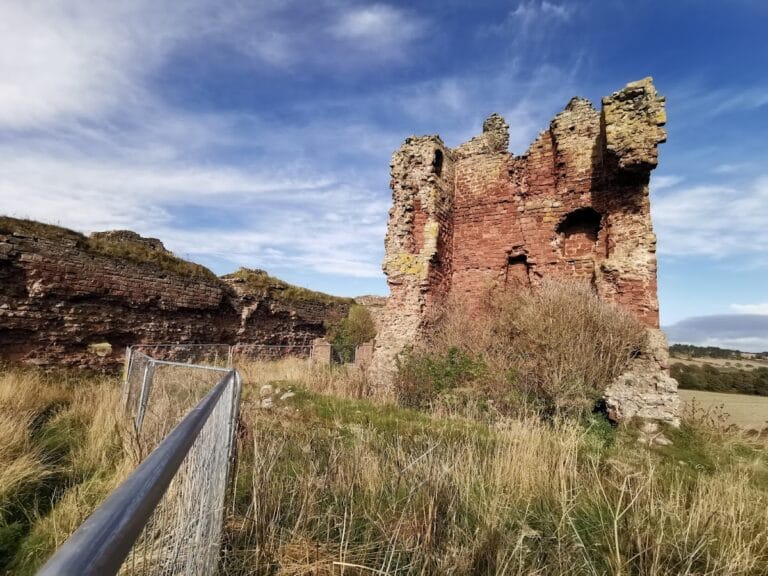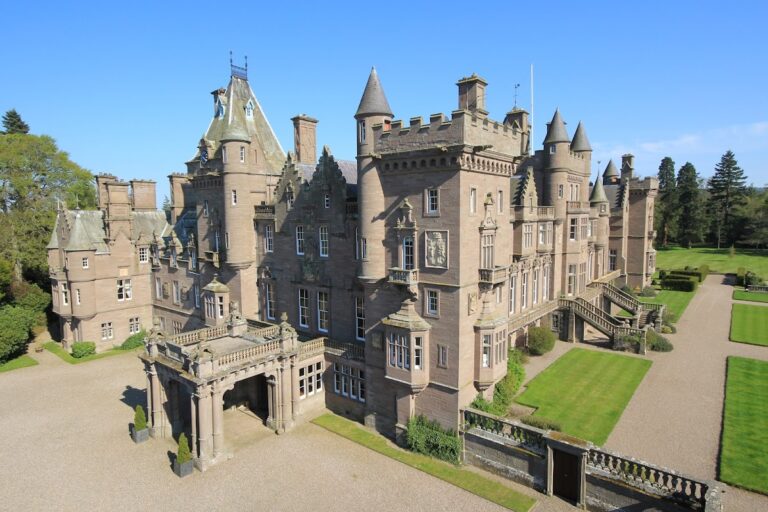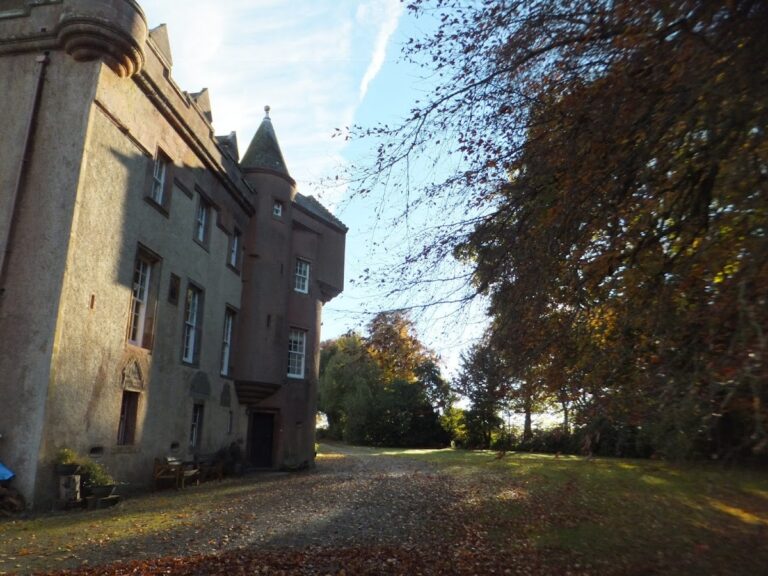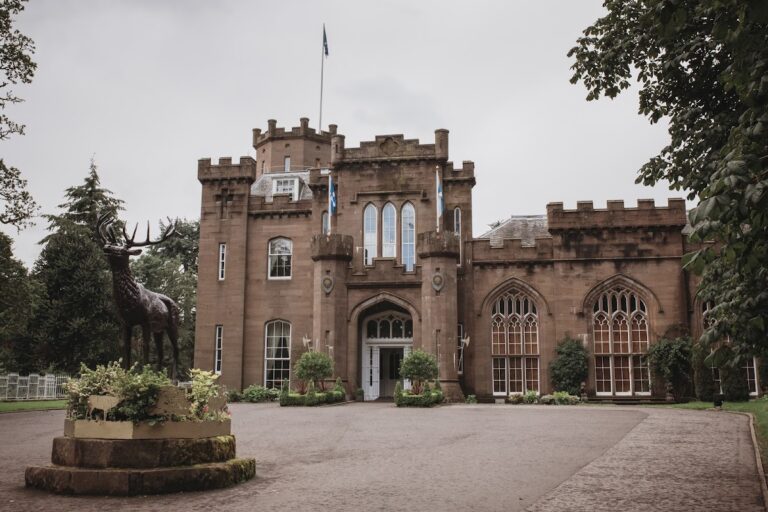Dunninald Castle: A Historic Scottish Estate Near Montrose
Visitor Information
Google Rating: 4.5
Popularity: Very Low
Google Maps: View on Google Maps
Official Website: www.dunninald.com
Country: United Kingdom
Civilization: Unclassified
Remains: Military
History
Dunninald Castle is located near Montrose in Scotland, United Kingdom. Its origins trace back to a site associated with Gaelic heritage, as indicated by its name derived from the words “Dun,” meaning fort or castle, and “Ard,” meaning high or towering. This name initially referred to a medieval fortress known as Black Jack Castle, which stood on a cliff overlooking the North Sea.
The earliest structure carrying the Dunninald name was the original Black Jack Castle. By the late 16th century, around 1590, a manor house replaced or succeeded the castle, built close to where the present mansion stands today. Throughout the 17th and 18th centuries, the estate passed through several prominent families. Until 1610, it was held by the Gray family; soon after, in 1617, Patrick Leighton of Usan became the owner. Ownership transferred by marriage in 1663 to Thomas Allardyce of Allardyce, and later the estate came under the Scotts of Usan in 1696, followed in the 1800s by the Scotts of Logie.
In 1786, the estate was acquired by David Scott, a merchant known for his role as chairman of the East India Company and a political figure. Scott bought Dunninald from his brother Archibald after returning from India. He planned significant developments, commissioning architect James Playfair to design a new mansion and a planned surrounding settlement. However, these ambitious plans were never fulfilled, impacted by Scott’s declining health, other commitments, and the death of Playfair in 1794.
After David Scott passed away in 1805, the family estate was inherited by his son, who eventually sold Dunninald to Robert Spears. In 1811, Peter Arkley became the new owner and brought in architect James Gillespie Graham to design a residence that would reflect contemporary tastes. Construction of the current house began in 1819 and was finished in 1824, establishing the mansion seen today.
Towards the turn of the 20th century, the formal gardens and surrounding parkland were developed, mainly through the efforts of John Stansfeld, who married Eliza, the daughter of Patrick Arkley. The estate has remained in the Stansfeld family since that period. In recognition of its architectural and historical significance, Dunninald Castle was designated as a Category A listed building in 1971 by Historic Scotland. Additionally, its gardens and parkland have been recorded in the Scottish Register of Landscape Gardens, receiving the highest classification of “outstanding” for their design and preservation.
Remains
Dunninald Castle today is a grand two-storey mansion that embodies the Gothic Revival architectural style, specifically drawing on neo-Tudor Gothic elements. This design was the work of James Gillespie Graham and completed in 1824. Its external appearance includes castellated features such as imitation battlements known as pseudo-battlements. A prominent three-storey corner tower alongside a stair turret contribute to its fortress-like silhouette, echoing its historical roots while serving residential purposes.
Constructed with materials typical of the early 19th century and consistent with its stylistic character, the mansion presents a cohesive visual impression of strength and elegance. Inside, the quality of workmanship is noted, although specific decorative elements are not detailed in existing accounts. The castle sits roughly three kilometers south of Montrose, facing the North Sea coast, with nearby estates such as Craig House and Usan House lending a sense of regional architectural context.
The surrounding parkland and gardens, largely developed around the 1900s, form a carefully designed landscape that complements the mansion. These grounds have earned recognition for their outstanding quality in Scotland’s national landscape register. Together, the mansion and its grounds compose a well-preserved example of the refined country estates typical of this region and period in Scottish history.

